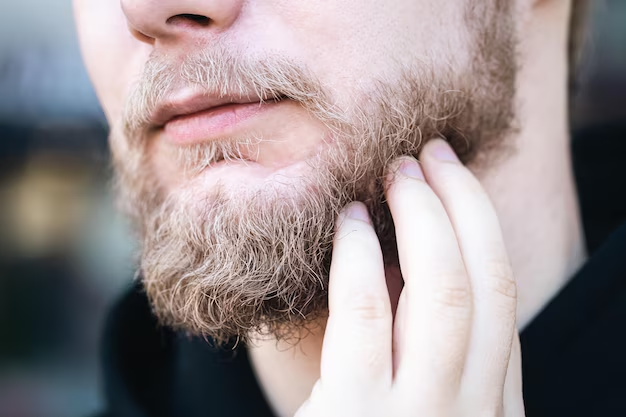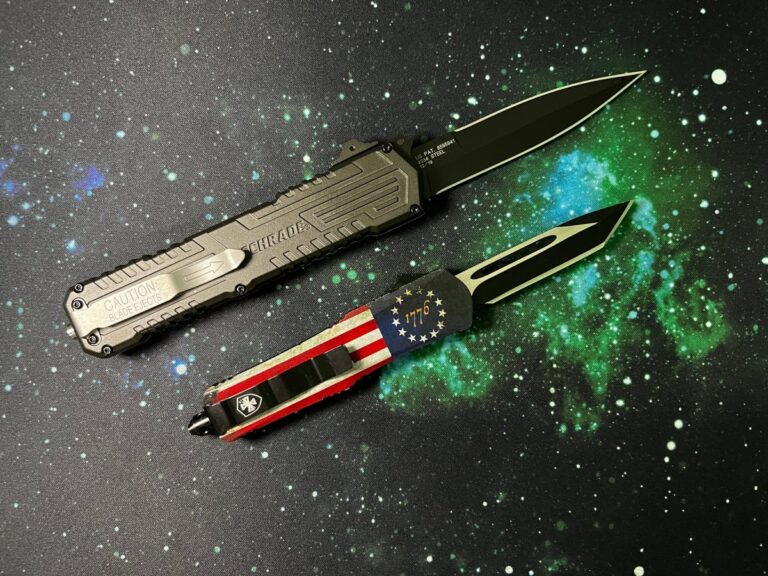Beauty in a Bottle: How to Create Your Own Skincare Line
The beauty industry is thriving, and skincare is at the heart of it all. If you’ve ever dreamed of creating your own skincare line, now is the perfect time to turn that dream into reality. Whether you’re passionate about natural ingredients, targeting a specific skin concern, or wanting to build a sustainable brand, launching a skincare line requires creativity, research, and strategic planning. This guide will walk you through the essential steps to bring your skincare brand to life.
1. Define Your Brand and Niche
Before diving into product formulation, establish a clear brand identity. Ask yourself:
- What makes your skincare line unique?
- Who is your target audience?
- Will you focus on natural, organic, vegan, or clinical-grade skincare?
Identifying your niche helps you stand out in a competitive market. For example, you might focus on anti-aging solutions, acne-prone skin, or luxury botanical-based skincare.
2. Research and Select Quality Ingredients
Skincare success starts with high-quality ingredients. Consumers are becoming more knowledgeable about what goes into their products, so transparency and effectiveness are key. Here’s how to get started:
- Understand skin types and concerns – Different ingredients cater to different needs. For example, hyaluronic acid hydrates, while salicylic acid treats acne.
- Research ingredient safety – Use sources like the Environmental Working Group (EWG) database to check ingredient safety.
- Prioritize effectiveness – Choose active ingredients that are proven to work, such as vitamin C for brightening or niacinamide for soothing inflammation.
- Source from reputable suppliers – Work with certified suppliers to ensure purity and consistency.
3. Develop and Test Your Formulations
Once you have your ingredient list, it’s time to create and test formulations. Here are key steps:
- Collaborate with a chemist or toll manufacturing company – Partnering with a cosmetic chemist or a toll manufacturer can help ensure your formulations are scientifically sound, stable, and effective. Toll manufacturers specialize in producing skincare products at scale while maintaining quality standards.
- DIY small-batch testing – If you’re starting from home, experiment with small batches to perfect textures and absorption rates.
- Conduct stability testing – Ensure your formulations maintain their integrity over time by testing for pH balance, texture, and shelf life.
- Patch test for safety – Before selling products, conduct trials to check for skin irritation or allergic reactions.
4. Ensure Compliance with Regulations
Every country has regulations governing skincare products. In the U.S., the FDA oversees cosmetics, while in the EU, stringent regulations require safety assessments. Follow these steps:
- Label your products correctly – Include ingredient lists, warnings, and usage instructions.
- Follow Good Manufacturing Practices (GMP) – Ensure your products are produced in a clean, controlled environment.
- Register your products if necessary – Some regions require official product registration before they hit the market.
5. Design Eye-Catching Packaging
Your skincare line’s packaging plays a major role in attracting customers. It should be:
- Aesthetically appealing – A clean, modern, or luxurious design can enhance brand perception.
- Functional – Air-tight containers help preserve active ingredients.
- Eco-friendly – Many consumers prefer sustainable packaging, such as glass jars or biodegradable materials.
6. Set Up Manufacturing and Production
You can either manufacture products yourself or partner with a private-label skincare manufacturer. Consider:
- In-house production – Best for small-scale brands looking for full control over formulas.
- Contract manufacturers – Ideal if you want high-quality production without investing in expensive equipment.
7. Build an Effective Marketing Strategy
Marketing is essential for brand awareness and sales. Use these strategies:
- Leverage social media – Platforms like Instagram, TikTok, and YouTube are powerful for showcasing skincare results and tutorials.
- Influencer partnerships – Collaborate with beauty influencers to gain credibility and reach.
- Engaging content – Share educational blog posts, behind-the-scenes videos, and customer testimonials.
- E-commerce and website optimization – Ensure your online store is user-friendly, visually appealing, and mobile-optimized.
8. Launch and Scale Your Brand
Once everything is in place, it’s time to launch! Start with a soft launch to gather feedback, then refine your products and scale up. Consider:
- Hosting a launch event or giveaway – To build excitement and attract first-time customers.
- Expanding your product range – Once your initial products gain traction, introduce new formulations like serums or masks.
- Exploring retail partnerships – Pitch your products to beauty boutiques, salons, or online marketplaces like Sephora or Ulta.
In Conclusion
Creating your own skincare line is an exciting journey that blends science, creativity, and business strategy. With a strong brand identity, high-quality ingredients, and smart marketing, you can develop a skincare brand that resonates with consumers. Stay committed to research, testing, and innovation to build a brand that stands the test of time.
Are you ready to bring beauty in a bottle to life? Start planning today!








